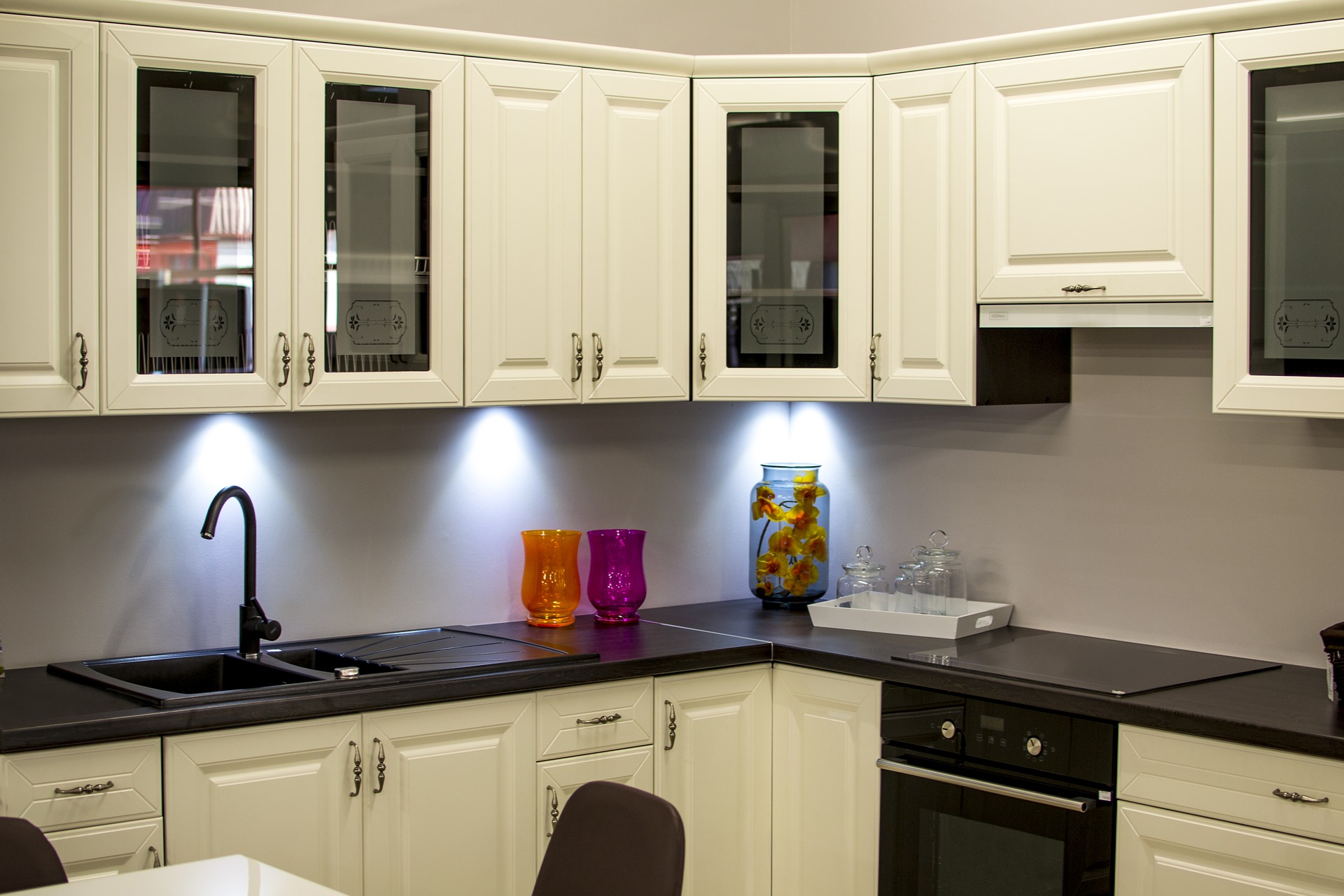Most homeowners understand how important lighting is in the kitchen, and they’d do everything to keep their kitchen well-lit and bright, but many of them fall into the trap of only using standard types of lighting that may not be enough in some cases. Under cabinet lighting is a versatile type of lighting that won’t only complement the design and ambience of your kitchen, but it will illuminate your work area and make your culinary adventures more effortless. That’s why we’ve written a guide to help you differentiate between the good and the bad under cabinet lighting and reap all of its benefits:
Energy Efficiency
The under cabinet lighting’s energy efficiency affects your energy bills, your footprint on the environment, and the cost:
- Incandescent lamps are antiquated types of lamps that have more environmental impact and energy cost than they are worth. They might be cheap, but you should stay away from them.
- An LED lamp emits lights through the electrons moving inside a semiconductor device. It has a longer lifespan and its energy uses is one of the lowest on the market. A few LED cupboard lights would light up your whole cabinet without using up much energy.
- Halogen lights are somewhat more efficient than incandescent lights, but this advantage is offset by their higher heat output.
- Fluorescent lamps have been a viable alternative for only the last 2 decades, so they are recent technology comparable to incandescent and Xenon lights. Studies show that fluorescent lights have very low energy consumption.
- Xenon lights are the middle ground between LED and Incandescent lamps. They are usually used for their nice warm glow that gives off a homely vibe.
Heat Output
Excessive heat generated from under cabinet lights create a hot current of air, and because hot temperature makes us vexed and cranky, you’ll have a much less enjoyable time cooking. Not surprisingly, the types of lights that use the most energy also generate the most heat:
- LED and fluorescent lights almost generate no heat.
- Xenon lights get a little hot, but they shouldn’t present too much of a problem.
- Halogen and Incandescent lights generate the most heat and cause the most annoyance.
Dimming Capability
Due to differences in eye-sight and personal preferences, people usually like different amounts of lighting when working. Some people like the whole place lit up, while others have sensitive eyes and hate glares coming off things. Thankfully, a dimmer will let you minutely control how much light your kitchen gets. However, not every type of light can be dimmed:
- halogen and incandescent are the easiest to dim in the industry – they work with almost any dimmer.
- Xenon lights can also be dimmed, which can greatly offset their heating and extra energy problem.
- Fluorescent lights and LED lights are generally the hardest to dim, and some of them aren’t even dimmable. You have to check to learn whether or not a particular LED light is dimmable or not.




